Five O’Clock Au Gingembre Eau de Parfum by Serge Lutens Review
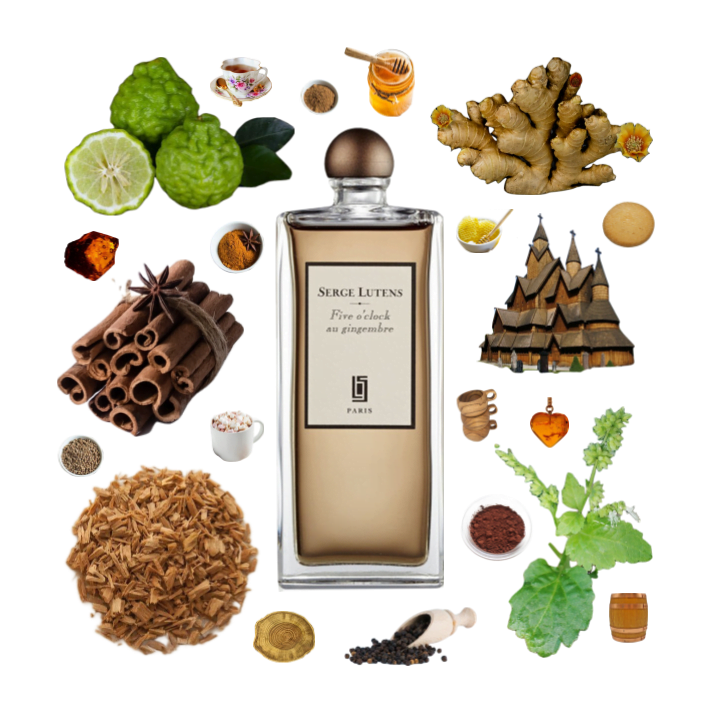
Five O’Clock Au Gingembre is delicious without being gourmand, woody without being wooden, and down-to-earth without being earthy. It is one of the more realistic ginger scents I have smelled, paired with a delicious atmosphere of venerated dark woods.
Although it’s fairly linear and not particularly artistically groundbreaking, Gingembre is well-executed and artful candied ginger and wood. It’s an easy one to reach for in the winter, balancing perfectly between being a simple pleasure and still having enough going on that I don’t get bored or sick of it.
Serge Lutens wants me to believe this perfume is all about tea. The “five o’clock” in the name refers to tea time, whole the “au gingembre” is French for “with ginger.”
I have to disagree, though. I don’t think of this primarily as a tea scent — in fact, I don’t get very much tea at all — but the color and timbre of the Gingembre is in the same general shape as that of tea, magnified by the other ingredients that make up the heart of the fragrance. In other words, this is not primarily led by tea on me, but it is dark, comforting, delicious, and meditative in the same ways that tea is, and is likely to appeal to tea lovers for this reason.
The overall shape of the fragrance feels like a picture of a cup of tea, structured out of and colored in by notes that are decidedly not tea. It makes me think of the way Guerlain’s Vetiver is a portrait of, and love letter to, vetiver grass, where each note seems to accentuate a different facet of the vetiver note, building out a larger whole that is still shaped like vetiver despite mostly not being made of it. So it is here with tea, except the tea note is entirely missing on me. I’d ordered this sample looking forward to a strong tea fragrance, but what I got instead is so good that I don’t mind at all.
Right away in the opening of Gingembre, I’m hit by a ginger note with more of a fresh bite than I was expecting. In warmer weather, it’s not unlike the fresh pickled gari ginger in Comme des Garçons’ Rouge, the kind you get on the side with sushi, piquant and slightly sour, with a suggestion of brine.
This ginger is warmer and spicier, however, particularly on cooler days, softened by touches of sweetness and woodiness. It’s more like the dried ginger in a spice container than a finished baked good or candy made of ginger, though this isn’t quite a photorealistic tin of dry ginger powder either.
I can sense the faint golden honeyed sweetness of the candied ginger softening the spice, but it isn’t overpoweringly sugar-sweet, nor does it suggest a true dessert. This isn’t a small candied ginger chew in an individual plastic wrapper — it lacks the stickiness and powderiness of one — but rather the kind of candied ginger that comes in a big bag of oddly-shaped chunks like dried fruit. The candied ginger was always my favorite sweet at Trader Joe’s, and the faint candied edge here reminds me of that. Still, it’s subtle, with a ginger note that’s more fiery than it is sugary or dessert-like.
The cinnamon pairs with the ginger to provide a warm, spicy softness, without the explicit suggestion of some true gourmand pastry or cake. These are spices and candies poured over a study table straight, like some kind of deconstructed gingerbread where the baker has forgotten most of the ingredients and kept just the spices and garnishes.
Gingembre isn’t edible, and I wouldn’t really call it a gourmand. On my skin it’s primarily a woody scent with a spicy finish; it doesn’t smell like anything you can actually eat. But the character of the several ginger notes and cinnamon does remind me somewhat of warm, fresh spicy baked goods, to the point that when I explain the meaning of the name I sometimes accidentally say it translates to five o’clock “with gingerbread.”
More than any other perfume, Gingembre reminds me of Diptyque’s Tam Dao Eau de Parfum. There’s a shared vibe of warm and spicy gingerbread cookies finely crafted out of inedible aromatic wood, like fancy wooden toy cookies in an ornate life-sized dollhouse.
This, of course, is the imprint of a very warm, cinnamony, almost-edible sort of sandalwood accord present in both fragrances. (Sure, the note pyramid merely says “woodsy notes.” And there are hints of other sorts of wood around the edges. But on me, it’s obvious that the heart of the woody accord is filled out by sandalwood, or a molecule just like it.)
The sandalwood here is exquisite. No, it’s not some incredibly complex attempt to recreate true mysore, but it’s deep and rich and pleasurable, and here that’s enough. In fact, I’d say sandalwood is the real star of the show, though you wouldn’t know it looking at the name and listed note pyramid. (I guess “5 O’Clock with Sandalwood” didn’t have the same ring to it.) Sure, the ginger and cinnamon garnish the scent, building out its opening and adding piquant flourishes here and there, but the rich, roody warmth of sandalwood is the driving force behind the perfume.
Gingembre is more than an almost-gourmand: just as strong as the zingy ginger is the aura of dark woods, of slightly musty library shelves and comforting fine furniture in a study full of books and green plush accents. The comfort of Gingembre is thus twofold: the sweet spiced ginger, unmarried to any oversweet pastry, sprinkled over the soulful dark fine woods of a beautiful old study.
There’s a certain almost-dustiness and sourness dancing at the edge of the sandalwood here. This is the imprint of the other faint nondescript woods mixed into the woody accord here around the sandalwood molecule. It isn’t nearly as rank and damp as the dark rotting oak-and-vetiver woods in Atelier Cologne’s Vanille Insensée, nor is it nearly as bitter as the teak note in Perry Ellis’ Perry Man.
It’s just musty and dusty enough to remind me of a dark wood-paneled private library and the vanillin smell of decomposing books, without going full-on Wallpaper* STEIDL Paper Passion black mold opening. It’s quiet, cozy, and comforting, a little bit dusted around the edges in a way that suits old-fashioned woolen slacks and thrifted leather suspenders.
To be clear, I’m not talking about impeccable fashionable suits. I’m talking about dorky thrifted formalwear, piecemeal and comfy, worn around one’s dark-stained-wood study. Serge Lutens describes this as “tea at Buckingham Palace,” but to me that’s nonsense. None of that haughty high-tea formality (formalitea?) is there for me. Five O’Clock Au Gingembre is light, intimate, and comforting. It’s cozy, woodsy, and just a little bit dusty. There’s certainly nothing about it that feels formal, cold, or fashionable.
Penhaligons’ The Ruthless Countess Dorothea feels like a much more expensive, in-vogue sort of tea party to me than this does (to the point that it really does feel insidious, like a McMansion-dwelling PTA mom that’s out to poison you to avenge her son’s lost spot on the junior high school soccer team).
In comparison to that one, Au Gingembre is warm, homey, and snug. If it’s at all fancy it isn’t like a palace but like a dorky old-money grandfather’s plush green velvet and mahogany study that’s a bit of a mess and sorely in need of a good dusting. It doesn’t feel downright pedestrian, but this isn’t tea with the Queen, not even close. This is a much lighter, softer, more intimate sort of affair, a light kiss on the cheek of a scent.
Simultaneously, there is a majesty that pairs with this solace just as well as tea pairs with gingerbread. Somehow, Gingembre makes me think of a church, tall and silent yet entirely imposing. It is a wooden church, possessed of marvelous vulnerability and strength. I am particularly reminded of the Borgund Stave Church in Norway, a dark-chocolate-brown tower made entirely from wood without a single nail.
It looks like a delicious cake in the same way that Gingembre smells like one: dark, broody, brown, and entirely wooden, yet with something that looks just a little tasty about it. Though there’s nothing in Gingembre that smells explicitly like chocolate, there’s a dry dark-chocolate air to it (perhaps from the cacao) that is what I imagine the dark roof of a stave church would taste like if it were made of dark chocolate square shingles.
Or perhaps the Heddal Stave Church in Notodden, pictured below, is a closer match: there’s lighter-colored sections that remind me of the soft, almost-edible sandalwood at the heart of Gingembre.
I mean, that building looks like it would make a delicious cake. I’m not the only one that kind of wants to eat it, right? Guys?
On the inside of the grand stave church you can see its grounded, humble roots, with its marvels of nail-less construction and cross-section designs that almost remind one of a barn. This is the down-to-earth grounded fresh ginger in Gingembre, humble and pure.
One imagines a spirit of sweetness and spice inhabits the church, with voices echoing in the tall structure in songs of praise, else in the respectful silence of a visitor. This is the quiet majesty of Gingembre.
No, nothing in here literally smells like a church — not like incense or hallowed resins or solemn, cold and contemplative wood. But there’s a quality to Gingembre, and especially its plush sandalwood note, that feels church-y to me. There’s a certain resonance to it that makes me think of high ceilings and all the architecture terms I’ve forgotten from my college art history class. Though this is most definitely a warm scent, there’s something at the quiet, contemplative woody heart of this that feels almost cool in timbre. It’s calm and reflective in the same way a cold burnt incense note can be, the picture of a warm note that no longer brings its full heat.
As I had mentioned at the beginning of this review, I don’t get much tea here. The whisper of tea I do get is faint, more of a shaping influence on the composition than an actor in its own right. It molds the dark, mildly green solace of the woods into position. I don’t detect much bergamot, but can imagine it adding a touch of brightness to the ginger and connecting it to the tea-stained woods.
The base notes of Gingembre provide more warmth and comfort to the blend of ginger and woods. A hint of pepper makes the spicy front more interesting and dynamic. It’s a kick of sharpness that helps the ginger accord keep its shape over time.
The honey note is what sweetens the candied ginger. It’s not a loud and obvious honey note, and it doesn’t have any sharp floral or pollen-y corners to it; it’s simply a light-yellow sort of sweetness that avoids the composition coming off as full of white sugar.
The cacao and patchouli highlight the grounded facets of the dry ginger powder. They’re very faint suggestions of darkness and bitterness that pull at the corners of the woody accord, twisting it in directions like old rotting oak and rich mahogany and bitter teak at the very edges.
The ginger gets softer, simpler, sweeter as time goes on, with the fresh sharp edge of its opening fading within the first few hours.
This is my favorite Serge Lutens so far. Chergui and Datura Noir were misses for me. They weren’t quite too challenging and weird, but they were challenging and weird in specific ways that don’t particularly appeal to me (syrupy-medicinal and sunscreen-y, respectively). I do respect them as solid and interesting compositions. But this is far and away the most accessible and, to me, delightful of the three.
I don’t think I’m alone in this. While it doesn’t feel at all like a mass-market fragrance, Au Gingembre has the kind of far-reaching appeal that isn’t universally common to all niche scents. Despite apparently being discontinued in the United States by Serge Lutens (why?!), it’s still readily available online and has acquired a solid fanbase.
Though it isn’t going to jump out as a must-buy for people who don’t adore sandalwood and ginger, this is a universally likable fragrance. It’s the rare safe choice that’s exquisitely interesting and a little unusual in addition to simply being a hit of pure plush pleasure. That’s exactly what a lot of people are looking for in the niche market. If that’s you, and you like sandalwood and warm spices, I think you’ll really enjoy this one.
The darkness and slight mustiness of the woods make Gingembre unsuitable for someone looking for a simple gourmand ginger cookie without a dark side. Lovers of tea, fine woods, and similar quiet dark notes, however, are likely to enjoy this one.
Gingembre is thoughtful and introspective without being too sour, earthy, or groundbreaking for its audience. Sillage is intimate from start to finish, but it lasts an impressive 14+ hours on me at that consistent light level of projection. It’s a solid like for me, potentially a love, particularly in colder weather, and a nice comforting scent for days when one isn’t particularly craving something else. This is an easy reach and a safe yet engaging choice.
I don’t tend to think of this as one of my favorite perfumes simply because there isn’t any particular sort of niche in my life it’s fallen into. I don’t think of this as the very best sort of scent I own for X occasion. And yet, it’s so easy to reach for. It always puts a smile on my face and warms me up. It’s spicy and interesting enough to not make me feel sick on days when a vanilla or amber scent would be too much to handle. It’s a sparkle of pleasure in my day and in that of anyone lucky enough to come so near me as to smell it.
When I finished my sample of Gingembre I went ahead and bought another decant of this, which I can’t say for most fragrances I try. I also ended up buying a small decant of this for my dad for Christmas last year. It was far and away his favorite of what he’s smelled of my sample collection, and it makes me really happy seeing how much he enjoys it.
The only other fragrance he owns is currently Paul Sebastian’s Onyx, an unassuming yet respectable fresh-barbershop-sandalwood number from the early 2000s. Gingembre is warmer and spicier and omits the fresh aftershave opening of that cologne; it has less of a “young man trying to be grown up at his first real job” vibe and more of a self-assured coziness to it. It feels squarely unisex and nicely balanced between warm woody comfort and a biting spicy edge.
Yes, this is the sort of scent that really nicely avoids any suggestion of a gendered societal role because it’s too busy being weird and not a typical sort of perfume or cologne. Societal biases haven’t caught up to perfumery yet and thus haven’t decided who is or isn’t supposed to smell like rich sandalwood, ginger, and tea.
I can see this coming off as more masculine or more feminine depending how you wear it and carry it, but mostly it’s just cozy and warm. This is a perfume you really make your own when you put it on in the morning. It’s a delightful bite of pleasure suited especially to the colder months and appropriate for day-to-day wear, date nights and formalwear, and everything in between.
Five O’Clock Au Gingembre is just a little bit quirky compared to mass-market fragrances but is still incredibly accessible and quite crowd-pleasing. Nose Christopher Sheldrake has done an impeccable job with this one — it’s quite a good fragrance, and perfectly posited in the world of “rather niche, but still super easy to love.” If you like ginger, cinnamon, and sandalwood, this is sure to make you smile and feel just a little bit warmer in the depths of winter.
Where to Find Five O’Clock Au Gingembre Eau de Parfum by Serge Lutens
You can find samples and decants of Five O’Clock Au Gingembre EdP at Scent Split.
Want more? You can find full bottles at Jomashop and StrawberryNet.
These are affiliate links. If you click on them and buy something, the seller pays me a commission, at no extra cost to you. You can learn more about them here.

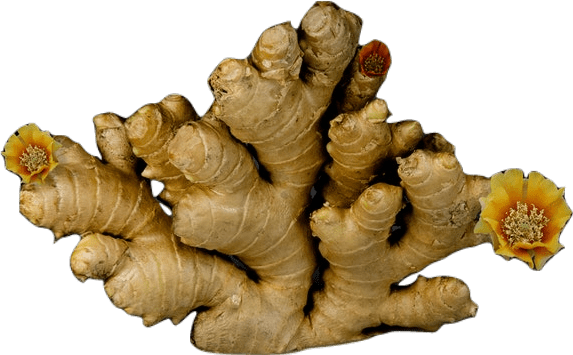
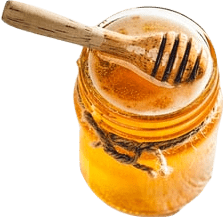
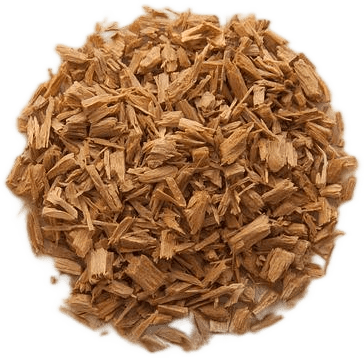


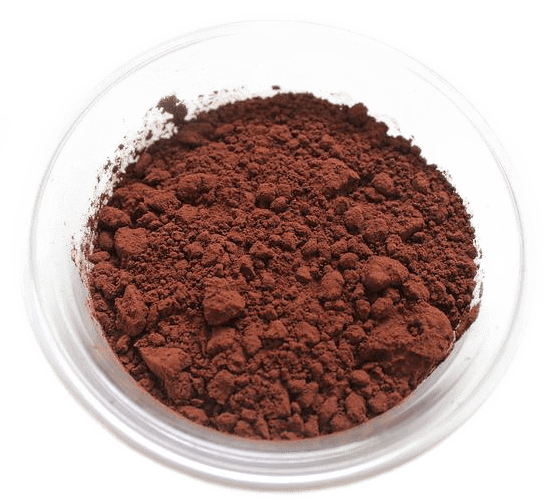

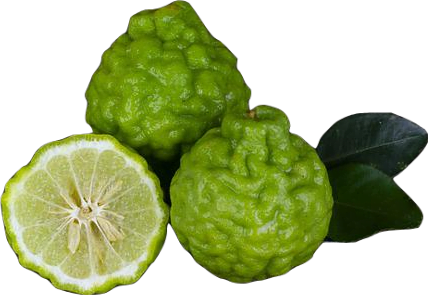
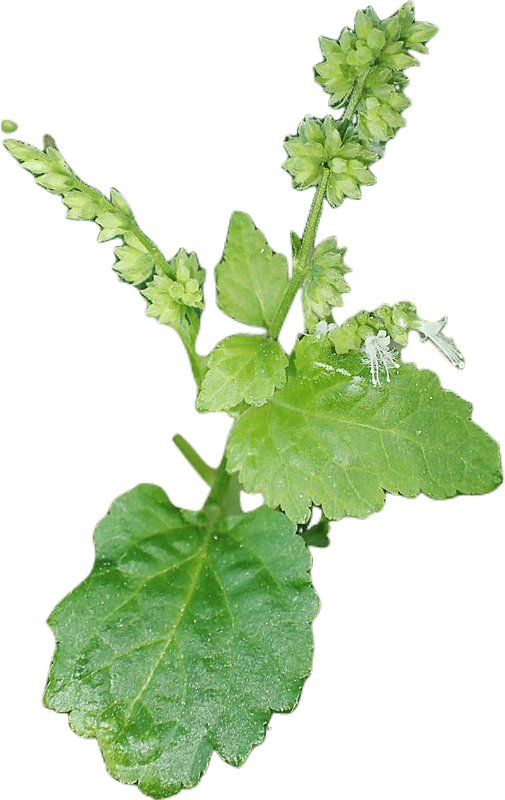

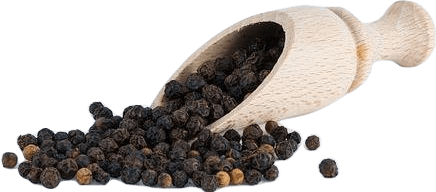
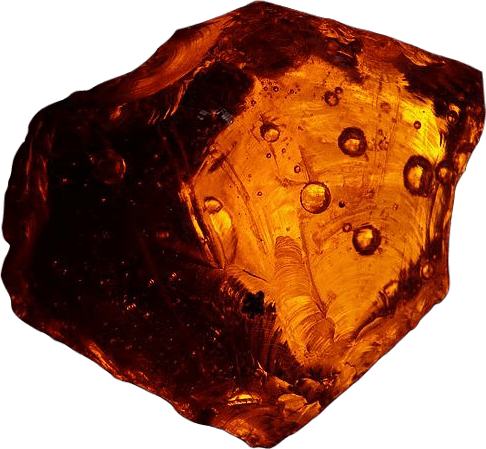

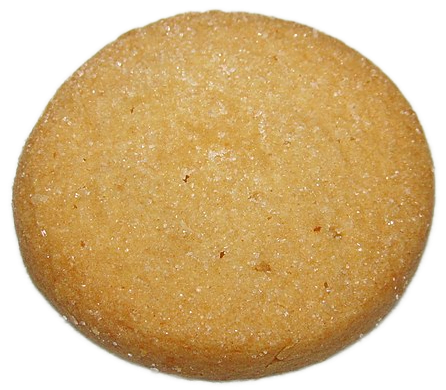
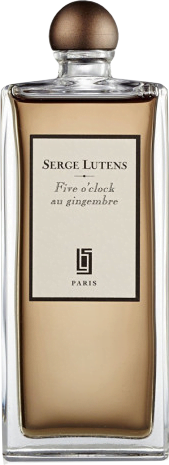
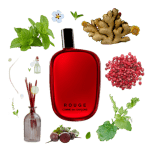
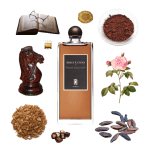
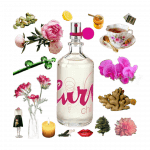

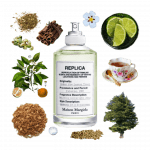
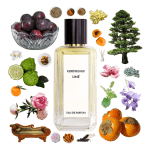
2 thoughts on “Five O’Clock Au Gingembre Eau de Parfum by Serge Lutens Review”